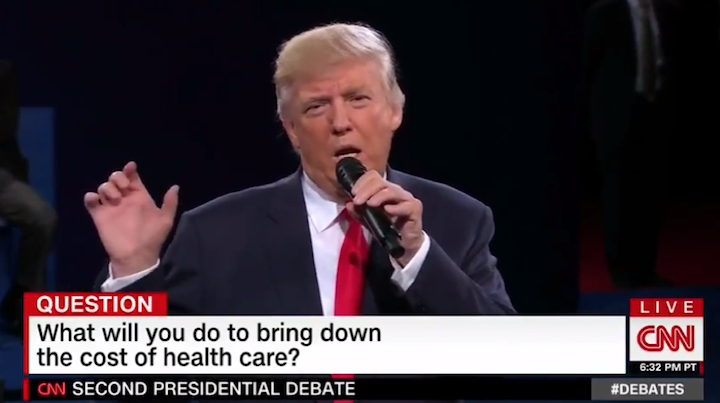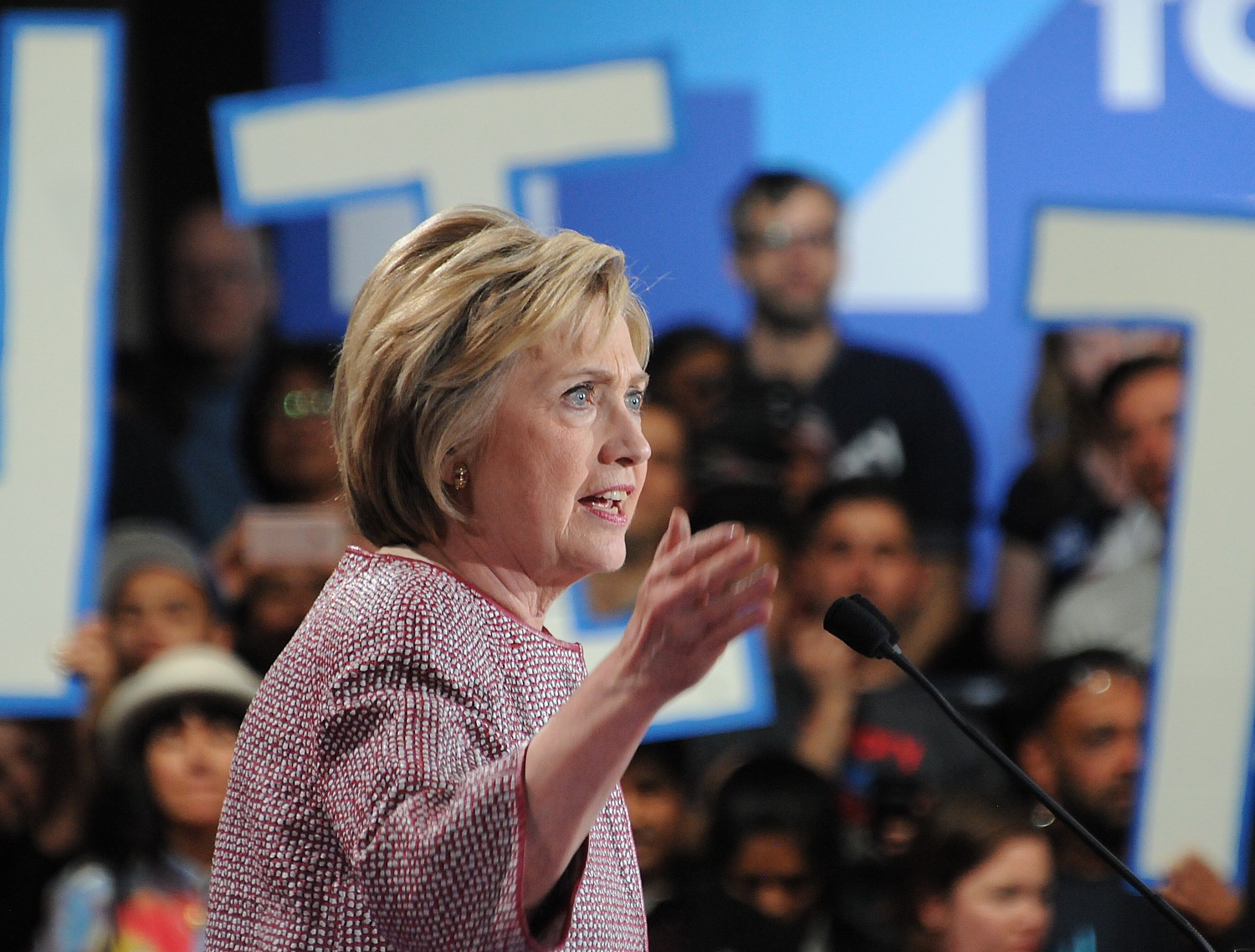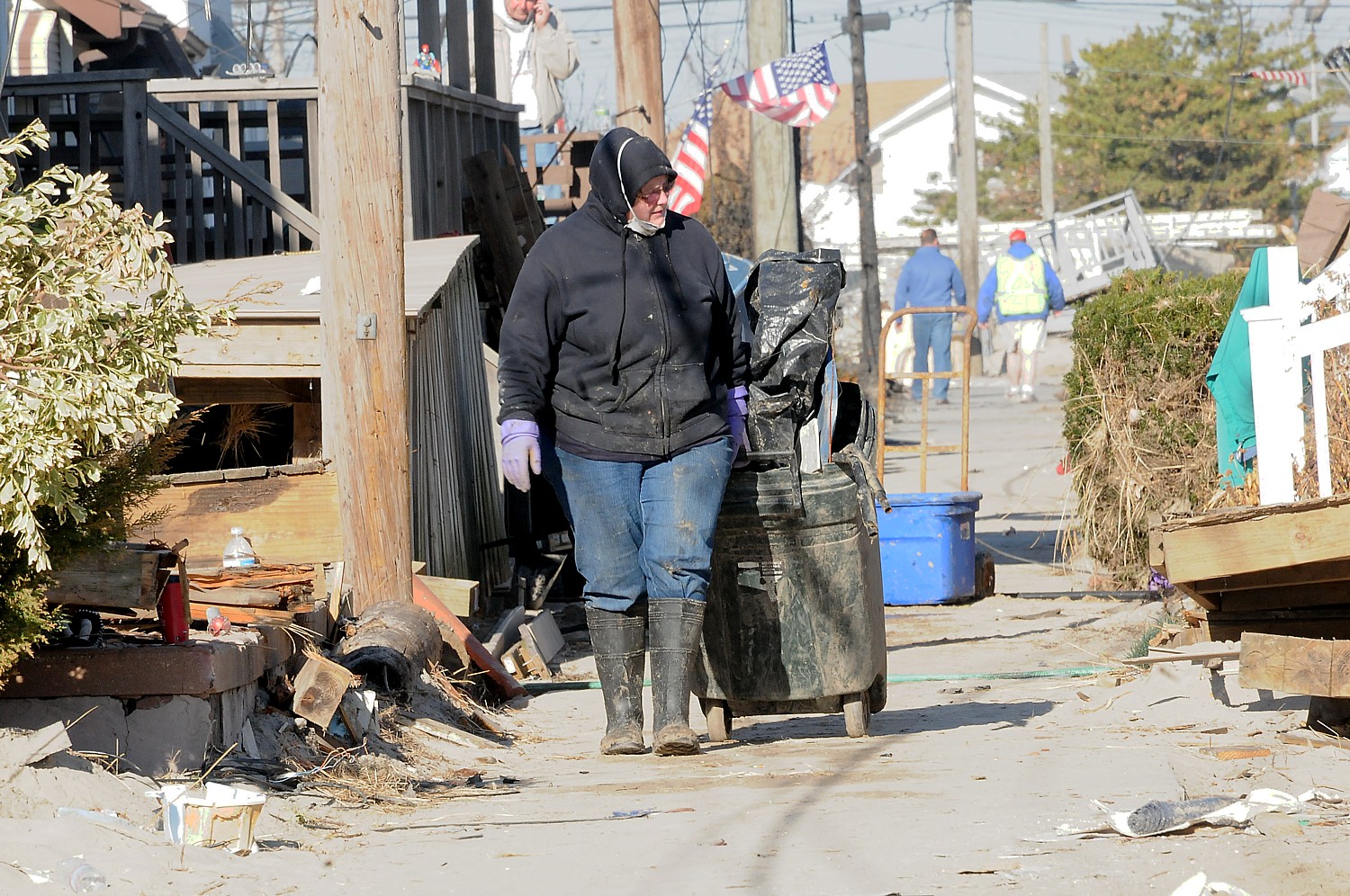“For too long, Americans paid for health insurance that did not recognize that treatment for mental health and substance use disorders is as essential as other medical treatment,” the White House stated in a Fact Sheet describing steps the Federal Parity Task Force is taking to strengthen indusrance coverage for mental health and substance use disorders. “Untreated mental health and substance use disorders can be debilitating and life-threatening. These consequences are apparent in the prescription opioid and heroin epidemic, as well as the troubling rates of suicide and severe mental illness in this country.
“One of the many important provisions of the Affordable Care Act and the Mental Health Parity and Addiction Equity Act is to ensure that health insurance plans treat mental health and substance use disorders the same way that they treat other health conditions. In March of this year, President Obama established the Mental Health and Substance Use Disorder Parity Task Force and charged Federal Departments and Agencies to work together to ensure that Americans are benefiting from the mental health and substance use disorder parity protections under the law. Parity aims to eliminate restrictions on mental health and substance use coverage – like annual visit limits, higher copayments, or different rules on how care is managed such as frequent pre-authorization requirements or medical necessity reviews – if comparable restrictions are not placed on medical and surgical benefits.”
In its final report, the Task Force announced a series of actions and recommendations to help ensure better implementation of parity; to help consumers, providers, and plans understand how parity works; and to ensure appropriate oversight and enforcement of parity protections.
These steps are based on input the Task Force received through a series of listening sessions between March and October held with consumers, providers, employers, health plans, and State regulators, and through the more than 1,100 public comments the Task Force received from individuals with mental health and substance use disorders, families, their providers, advocates, and other stakeholders.
“These recommendations are subject to future budget and policy deliberation,” The White House noted. “Together, today’s steps build on the ongoing work of the Administration to make the treatment of mental health and substance use disorders a priority. The Affordable Care Act ended insurance discrimination based on pre-existing conditions, including mental health and substance use disorders; required coverage of mental health and substance use disorder services in non-grandfathered plans in the individual and small group insurance markets; ensured that recommended preventive screenings, including for depression and alcohol misuse, are available with no co-pays; and expanded Medicaid to millions of additional Americans, significantly improving coverage for mental health care and substance use disorder treatment. In addition, the Administration has issued final regulations providing parity protections to individuals covered through the employer and individual insurance markets, people covered through Medicaid managed care organizations and the Children’s Health Insurance Program, and service members and their families covered through TRICARE.
“Through these steps, the country has made significant progress in expanding mental health and substance use disorder coverage and parity protections for millions of Americans. The Task Force report focuses on parity-related actions and recommendations and does not include the provisions in the President’s Budget that would further expand access to care, including new investments in treatment capacity. The actions and recommendations announced today will continue to advance the Administration’s progress on parity implementation.”
The full report is available here: http://www.hhs.gov/parity
Here are the actions announced by the Task Force:
· The Centers for Medicare & Medicaid Services (CMS) is awarding $9.3 million to States to help enforce parity protections. CMS funding will help State insurance regulators work to ensure issuer compliance with the mental health and substance use disorder parity protections.
· The Department of Health and Human Services (HHS), in partnership with the Department of Labor (DOL) and other Task Force agencies, is releasing the beta version of a new parity website to help consumers find the appropriate Federal or State agency to assist with their parity complaints, appeals, and other actions. The Task Force received many comments about the challenges consumers face in identifying the appropriate agency that regulates their insurance coverage. The beta site is being released today for public comment. In the future, the Task Force Departments intend to work together to build out additional functionality on the website related to complaint and data tracking.
· The Substance Abuse and Mental Health Services Administration (SAMHSA) and DOL are releasing a Consumer Guide to Disclosure Rights: Making the Most of Your Mental Health and Substance Use Disorder Benefits to help consumers, their representatives, and providers understand what type of information to ask for when inquiring about a plan’s compliance with parity and to explain the various Federal disclosure laws that also require disclosure of information related to parity. The Guide includes 11 scenarios, each with specific suggestions for information consumers have a right to that can help, as well as timing requirements for plans and issuers providing these documents.
· DOL is announcing that it will release annual data on closed Federal parity investigations and will report on the findings, including the violations cited to ensure parity compliance and inform future policymaking efforts. This effort builds on the 1,515 investigations related to the Mental Health Parity and Addiction Equity Act and 171 violations cited by DOL since October of 2010.
· To ensure parity compliance in plans required to offer essential health benefits, CMS has added Mental Health Parity and Addiction Equity Act compliance to its review of plans subject to the essential health benefits requirement under the Affordable Care Act, and it expects State regulators to do so as well.
· DOL, HHS, and the Department of Treasury (Treasury) are issuing guidance on parity and opioid use disorder treatment to address specific questions the Departments have received related to issues such as the application of parity to opioid treatment access and coverage of court-ordered treatment.
· HHS, DOL and Treasury are soliciting feedback on how the disclosure document request process can be improved (input is being sought through the FAQ process), while continuing to ensure consumers’ rights to access all appropriate information and documentation. The request solicits input on the option of developing model forms for parity-related disclosure requests.
· SAMHSA is announcing that it will host two State Policy Academies on Parity Implementation for State Officials in Fiscal Year 2017, including one focused on the commercial market and one on parity in Medicaid and the Children’s Health Insurance Program. These policy academies will bring together national experts to provide technical assistance to teams of State officials on strategies to advance parity compliance and lessons learned from other States’ implementation efforts.
· CMS will undertake a review of mental health and substance use disorder benefits in Medicare Advantage plans and identify any necessary improvements to advance parity protections.
· DOL, HHS, and Treasury are issuing a Parity Compliance Assistance Materials Index. The Departments have issued a total of 44 Frequently Asked Questions (FAQs) over the past six years related to parity, generally as part of larger guidance documents, as well as other parity materials. Several commenters suggested to the Task Force that putting all the parity-related FAQs and guidance together in one place would make the information easier to find and use for States, plans consumers, and other stakeholders.
In addition, the Task Force made the following recommendations:
• Create a one-stop consumer web portal to help consumers navigate parity, which will build out the functionality of the beta parity website released today. The Task Force recommends that the website should help consumers solve coverage issues, file a complaint, or submit an appeal, and also be used to better inform parity oversight and enforcement efforts.
• Increase Federal agencies’ capacity to audit health plans for parity compliance. The Task Force recommends that agencies’ future budgets include funding to expand audit capacity. Given current resources, Federal parity enforcement efforts to date have generally focused on investigating consumer, provider and other parity complaints. Agencies’ capacity to expand enforcement activities, including conducting random audits, is limited by their staffing resources.
• Undertake a detailed review of the non-quantitative treatment limits applicable to substance use disorder benefits in the Federal Employees Health Benefits (FEHB) Program. The Task Force received comments suggesting that non-quantitative treatment limits in FEHB plans may need examination and modification to ensure full compliance, as well as comments suggesting that consistent definitions of terms relating to residential treatment would provide greater transparency for consumers. The U.S. Office of Personnel Management has agreed to conduct this review over the coming year, and take corrective action as indicated by the findings.
• Allow the Department of Labor to assess civil monetary penalties for parity violations. Civil monetary penalty authority would lead to more meaningful penalties for non-compliance with parity. The Task Force recommends that Congress provide the Department of Labor with this authority.
• Develop examples of parity compliance best practices and of potential warning signs of non-compliance. Building on the 2016 DOL/HHS “Warning Signs” document identifying non-quantitative treatment limitations that require additional analysis to determine if they are in compliance with parity, the Task Force recommends a Warning Signs 2.0 document and encourages the inclusion of network adequacy issues in the document. The Task Force also recommends developing further examples of parity compliance best practices to illustrate appropriate application of non-quantitative treatment limitations that are comparable between mental health/substance use disorder benefits and medical/surgical benefits.
• Provide Federal support for State efforts to enforce parity through trainings, resources, and new implementation tools, including model compliance templates. The Task Force recommends continued Federal efforts to provide training and other resources to States to support compliance efforts including partnerships between State mental health/substance use, Medicaid, and State insurance agencies. Further, the Task Force recommends that Federal regulators work with the National Association of Insurance Commissioners and the States to develop a standardized template that States might use to help assess parity compliance. The Task Force also encourages Federal regulators, the National Association of Insurance Commissioners, and other stakeholders to consider a joint effort to develop a model prior authorization form and other model forms.
• Provide simplified disclosure tools to provide consistent information for consumers, plans and issuers. To facilitate disclosure, the Task Force recommends that, in coordination with the National Association of Insurance Commissioners, templates and other sample standardized tools be developed to improve consumer access to plan information.
• Expand consumer education about parity protections. The Task Force recommends continuing and expanding the work to educate consumers about parity and partnering with consumer groups to increase consumer awareness and understanding of parity protections.
• Clarify that health plan disclosure requirements include medical and surgical benefits. The Task Force heard from commenters that it can be challenging to ensure parity compliance when information on medical and surgical benefits is not readily available to allow for comparison to mental health and substance use disorder benefits. Disclosure of the relevant information used to apply coverage limitations to medical and surgical services is currently required for plans covered under the Employee Retirement Income Security Act (ERISA). The Task Force recommends that Congress extend this requirement to non-ERISA plans.
• Implement the Medicaid and Children’s Health Insurance Program (CHIP) parity final rule in a robust manner. The Task Force recommends that implementation include the development of a parity analysis toolkit to help States assess compliance with the final rules on parity for Medicaid managed care organizations and CHIP programs. The toolkit will review key considerations for defining and classifying mental health and substance use disorder benefits (including intermediate and long term supports and services), conducting claims-based analyses for quantitative treatment limits, identifying and analyzing non-quantitative treatment limits, and considerations for Alternative Benefit Plans and CHIP.
• Expand access to mental health and substance use disorder services in TRICARE. The Task Force recommends the Department of Defense’s continued implementation of the TRICARE final rule on mental health and substance use disorders and parity through contract modifications and DOD’s monitoring of access to mental health and substance use disorder care to ensure parity with medical/surgical care.
• Eliminate the lifetime day limit on Medicare Part A treatment in psychiatric hospitals. In Medicare Part A (hospital coverage), there is a 190-day lifetime limit on inpatient treatment in psychiatric hospitals while there is no such limit on inpatient medical/surgical hospital treatment. The Task Force recommends that Congress eliminate the psychiatric hospital lifetime day limit, consistent with the President’s 2017 budget request.
• Update guidance to address the applicability of parity to opioid use disorder services. The Task Force recommends issuing guidance clarifying the application of parity to opioid use disorder treatment benefits in response to specific scenarios associated with these benefits raised by consumers and other stakeholders and updating this guidance regularly, as warranted.
• Eliminate the parity opt-out process for self-funded non-Federal governmental plans. Currently, self-funded non-Federal governmental plans have the ability to elect to not comply with certain Federal provisions including the Mental Health Parity and Addiction Equity Act, which deprives thousands of employees of State and local governments of the mental health and substance use disorder parity protections. The Task Force recommends that Congress eliminate the ability of these plans to opt out of these protections.












